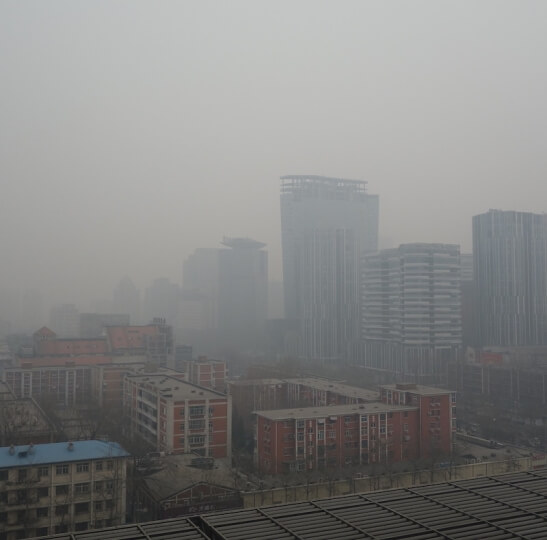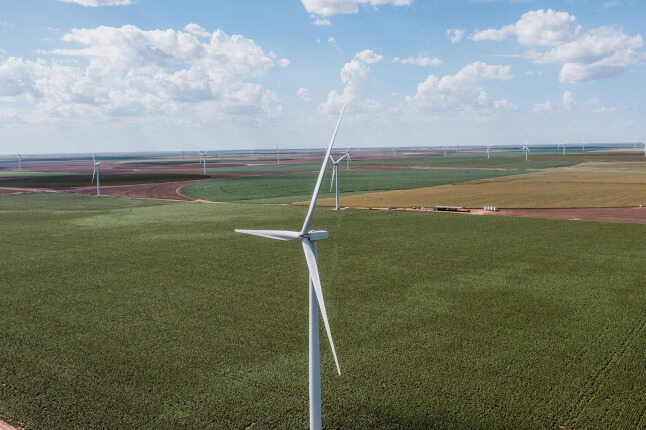News
China, the world’s largest carbon emitter today, may be on track to meet its emission goals up to a decade early, according to a recent study on the cover of Nature Sustainability led by researchers from Nanjing University in Nanjing, China, and Harvard University.
China, the world’s largest carbon emitter today, may be on track to meet its emission goals up to a decade early, according to a recent study on the cover of Nature Sustainability led by researchers from Nanjing University in Nanjing, China, and Harvard University.
The research focuses the relationship between urban economic growth and CO2 emissions. Fifty cities in China account for about 35 percent of China’s total emissions and 51 percent of its gross domestic product (GDP). By examining the emissions from these cities from 2000 to 2016, the researchers found a close relationship between per capita emissions and per capita GDP. The team found that carbon emissions for most cities stop rising and then begin to decline when GDP reaches around US $ 21,000 per person.
Using data on future population size and level of economic development from the World Bank, the researchers suggest that the nation’s total emissions could peak between 2021 and 2025 at 13-16 gigatonnes of CO2, well ahead of the 2030 commitment made by China under the U.N. Paris Climate Agreement.
“While China has a very long way to go to reduce its carbon emissions commensurate with the climate crisis, this paper shows that it appears on track to meet its formal obligations under the Paris Agreement, which remains in force despite a planned withdrawal by the U.S.” said Chris Nielsen, executive director of the Harvard-China Project on Energy, Economy and Environment and a co-author of the paper. “Cities are a central front for global climate action and there is clear evidence of progress across Chinese urban areas, in part because this action can be integrated with China’s efforts to reduce conventional air pollution.”
The researchers note that each city has its own challenges and opportunities that will impact its emissions reduction timelines, and that those of rural areas must be inferred from these trends given data constraints. Older cities such as Beijing, Xi’an and Hangzhou have to focus on retrofitting existing infrastructure to improve energy efficiency, while emerging cities such as Xiong’an have opportunities to “leapfrog” carbon-intensive growth.
This research was co-authored by Haikun Wang, Yaoguang Sun, Yifan Liu, Ge Zhu, Maoliang Bu and Jun Bi of Nanjing University; Xi Lu of Tsinghua University; Yu Deng of the Chinese Academy of Sciences; and Michael B. McElroy, the Gilbert Butler Professor of Environmental Studies at the Harvard John A. Paulson School of Engineering and Applied Sciences and the Department of Earth and Planetary Sciences at Harvard University.
The research was supported by the National Key R&D Program of China, National Natural Science Foundation of China and the Harvard Global Institute of Harvard University.
Topics: Climate
Cutting-edge science delivered direct to your inbox.
Join the Harvard SEAS mailing list.
Scientist Profiles
Michael B. McElroy
Gilbert Butler Professor of Environmental Studies
Press Contact
Leah Burrows | 617-496-1351 | lburrows@seas.harvard.edu




